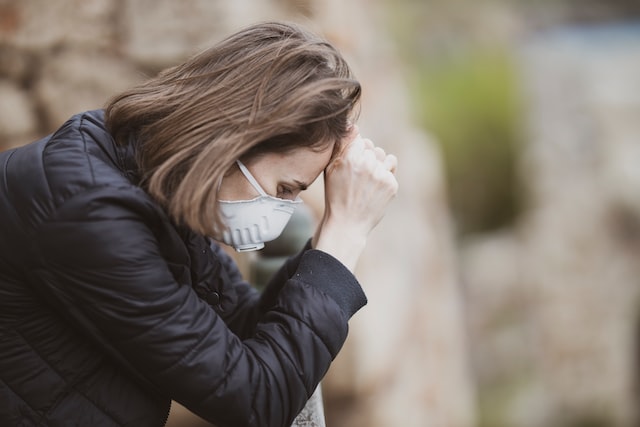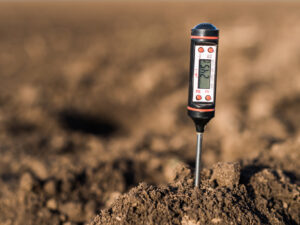
The latest developments in air quality monitoring and measuring technology
The monitoring of air quality in workplaces is critically important, for the health of everyone on site. When workers are exposed to constant poor air quality, they can suffer from numerous health issues. These include respiratory issues, sinus irritation, headaches, fatigue and even cardiovascular complications. Luckily, there are measures workplaces can take to monitor and control the quality of the air workers are exposed to, and these are constantly being worked on and improved. Take a look at two such air quality monitoring technologies below:
Sensor networks and mobile monitoring
Imagine being able to open an app and see exactly which parts of your city have the most air pollution, the severity of that air pollution, and at which times of the day it is most severe. That is what the Breathe London project was able to achieve in partnership with the World Economic Forum.
The project demonstrates how lower-cost air quality monitors and mobile monitoring technology can work together to generate useful data and insights about air pollution in any town or city.
London is an ideal place to test emerging monitoring technologies. The city has an extensive air quality regulatory network, comprised of reference-grade air-quality monitors.
The Breathe London pilot advances the science around lower-cost air quality monitoring, helping to make invisible pollution visible through a Google Maps-style interface showing streets which have severe (red) or mild (orange) air pollution.
With 100 lower-cost sensor “pods” and two specially equipped Google Street View cars, the project complemented London’s existing regulatory network and was used to help measure the impact of the city’s air pollution reduction efforts.
Autonomous air quality sampling drones
Drones have been used for almost countless applications, across almost every industry, since their entrance into the consumer market. Today, a crack team of MIT students are developing a mobile air quality sampling system using fleets of autonomous drones.
They hover roughly 100 metres above densely populated urban residential areas, taking multiple samples of the air around it as it moves from area to area.
These air quality sampling drones systematically measure air quality across a town or city, providing regular updates to a central program where the data is aggregated and assessed.
The program integrates data provided by each small drone fleet, processing them against wind and traffic patterns and information pertaining to historical pollution hot spots. After this, each fleet of drones is assigned new waypoints to go sampling and they are relaunched.
The dangers of poor air quality in workplaces
Respiratory problems
Poor air quality in the workplace can cause respiratory problems among workers, such as asthma and even chronic obstructive pulmonary disease (COPD). Air pollution can also worsen existing respiratory conditions, making it difficult for workers to breathe while on the job.
Eye, nose, and throat irritation
Another real danger of air pollution at work is irritation to the eyes, nose, and throat of workers. Symptoms of air pollution-induced irritation may include dryness, burning, and itching of the eyes, nose and throat.
Regular headaches
Nobody can work at 100% efficiency when they’re struggling with a piercing headache. Exposure to poor air quality can cause headaches, which can be severe in some cases.
Chronic fatigue
Breathing in polluted air can also cause worker fatigue and leave them with a feeling of being unwell. This is almost guaranteed to impact their productivity and overall work performance.
Cardiovascular issues
Exposure to poor air quality has been linked to cardiovascular problems like heart disease and stroke. Prolonged exposure to high levels of air pollution has been shown to increase the risk of heart disease and stroke.
Do you require indoor air quality meters in Africa?
Apex Environmental is a preferred occupational hygiene and environmental monitoring company based in South Africa. Our footprint spans the African continent, and we have provided occupational monitoring equipment and other occupational hygiene services for diverse clients across the spectrum of industries. Contact us today to arrange air quality meters in Africa. We are also able to supply the below list of monitoring solutions:
- Light meters
- Sound level meters
- Noise dosimeters and noise risk assessments
- Temperature meters
- Humidity meters
Explore the above Apex Environmental pieces of monitoring equipment here.








